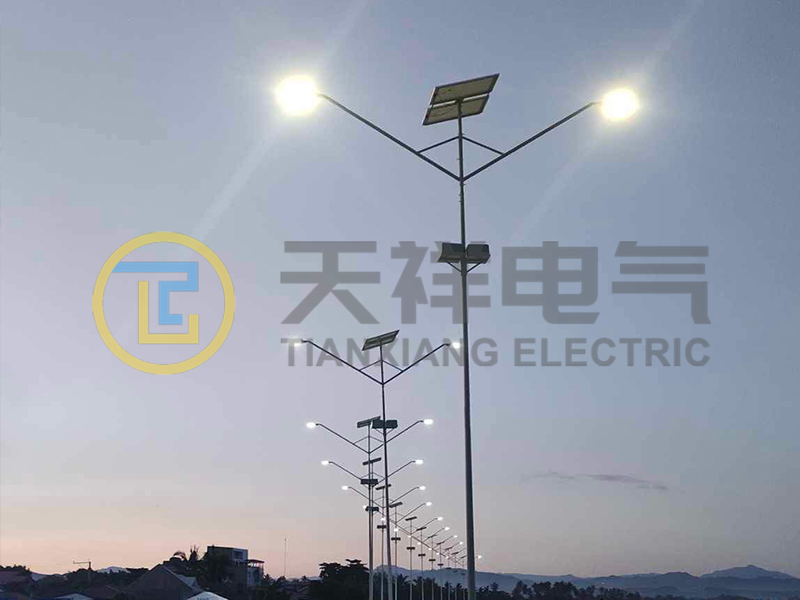Solar street light system is an energy-saving and environmentally friendly street lighting solution. They harness the power of the sun to provide lighting, making them ideal for remote and off-grid areas. Designing and calculating a solar street light system requires careful consideration of factors such as location, power requirements, and solar panel efficiency. In this article, we will explore the key steps involved in designing and calculating a solar street light system.
Step 1: Determine location
The first step in designing a solar street light system is to determine where the lights will be installed. It is crucial to assess the amount of sunlight the site receives throughout the year, as this will directly affect the efficiency of the solar panels. Ideally, the installation site should receive ample sunlight and minimize shade from nearby buildings or trees.
Step 2: Calculate Power Requirements
Once the location is determined, the next step is to calculate the power requirements of the solar street light system. This involves determining the total wattage of the LED lights that will be used, as well as any additional power requirements such as cameras or sensors. It is important to consider any potential future expansion of the lighting system to ensure the solar panels and battery storage are appropriately sized.
Step 3: Choose Solar Panels and Batteries
The efficiency and capacity of solar panels and batteries are key factors in the design of solar street light systems. High-efficiency solar panels will maximize the conversion of sunlight into electricity, while high-capacity batteries will store energy for use at night. It’s important to choose components that are durable and able to withstand the often harsh outdoor conditions.
Step 4: Determine Solar Panel Installation and Orientation
The orientation and installation of solar panels will affect their efficiency. Solar panels should be installed at an angle that maximizes their exposure to sunlight throughout the day. Additionally, it is important to consider any potential obstructions that may cast shadows on the panel, as this can significantly reduce its output.
Step 5: Perform system efficiency calculations
After selecting the key components of your solar street light system, it is important to perform system efficiency calculations. This involves assessing the expected energy production of solar panels and comparing it to the energy requirements of LED lights and other components. Any differences should be resolved by adjusting the system components or the number of panels used.
Step 6: Consider safety and maintenance factors
When designing a solar street light system, it is crucial to consider safety and maintenance requirements. This includes ensuring system components are properly secured and protected from theft or vandalism, as well as designing a maintenance schedule for regular inspection and cleaning of solar panels and other components.
Step 7: Consider environmental impacts
Finally, when designing a solar street light system, it is important to consider the environmental impact of the installation. Solar street lights offer clean and renewable energy solutions, but any potential environmental damage during installation must be minimized.
In summary, designing and calculating a solar street light system requires careful consideration of various factors such as location, power requirements, and system efficiency. By following these key steps, a solar street light system can be designed to provide reliable and sustainable lighting for streets and other outdoor areas. With the growing focus on renewable energy and sustainability, solar street light systems are becoming an increasingly popular choice for outdoor lighting solutions.
Post time: Dec-08-2023





